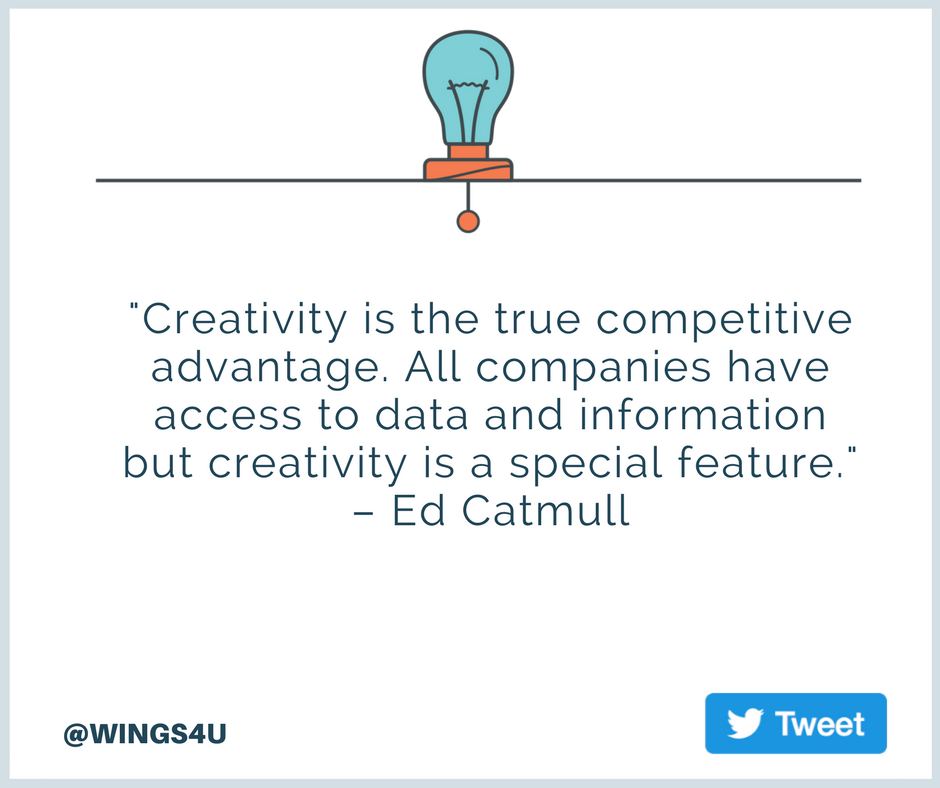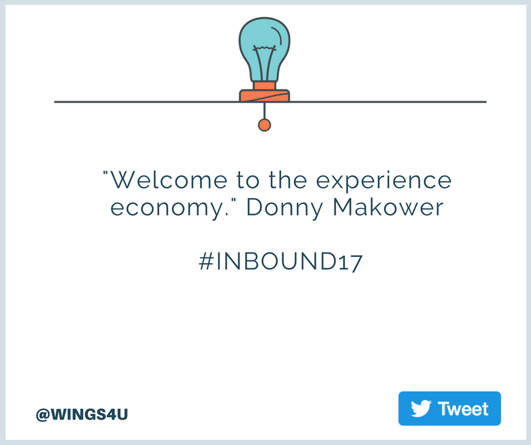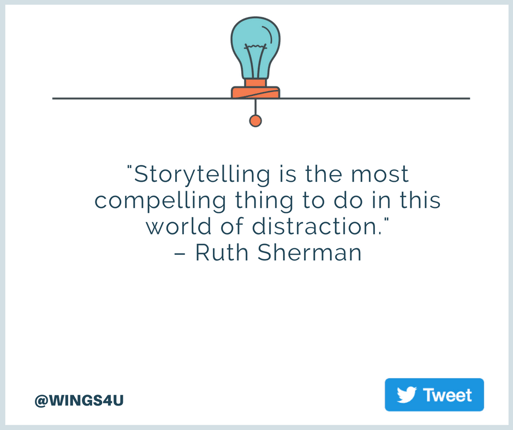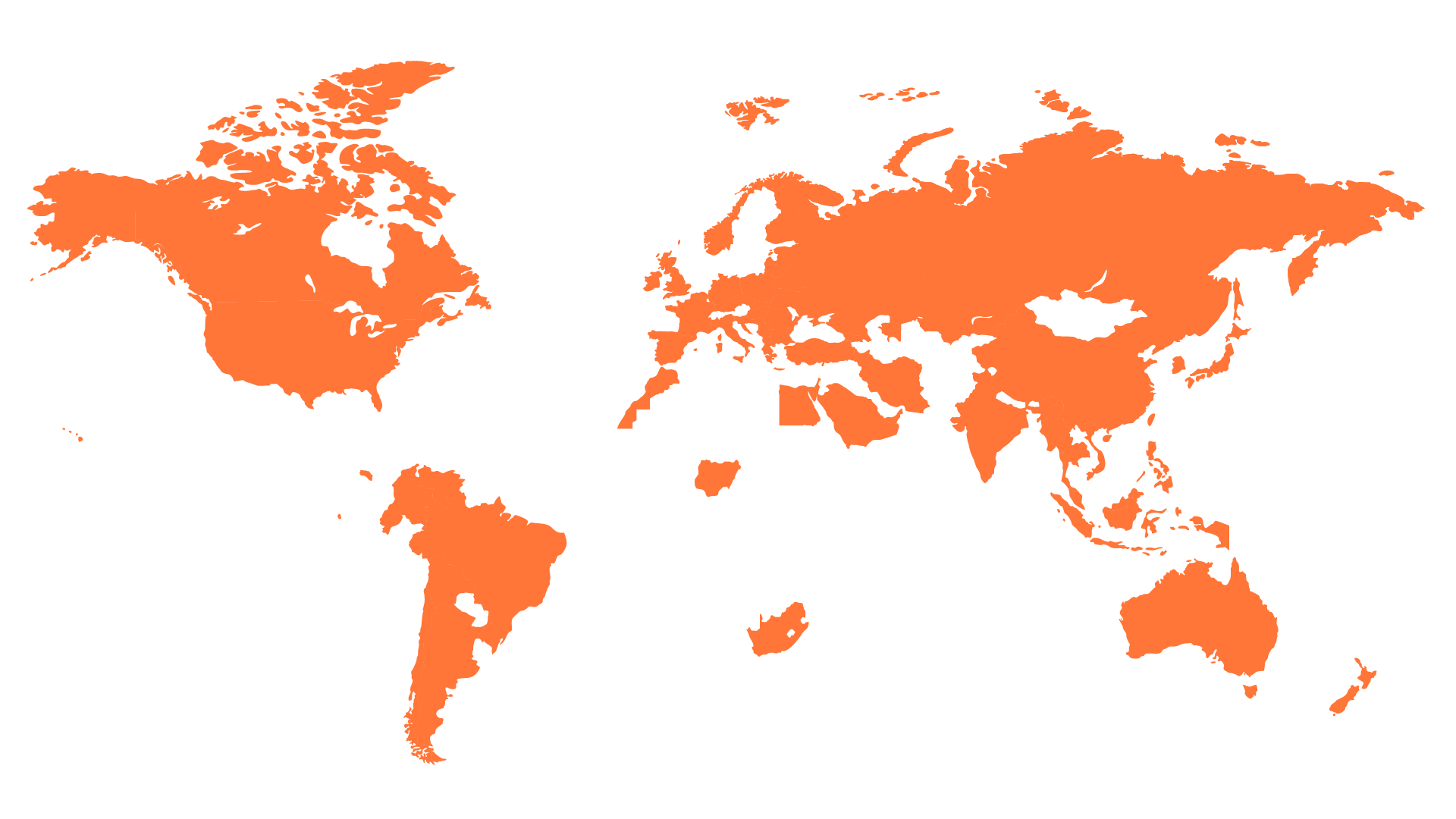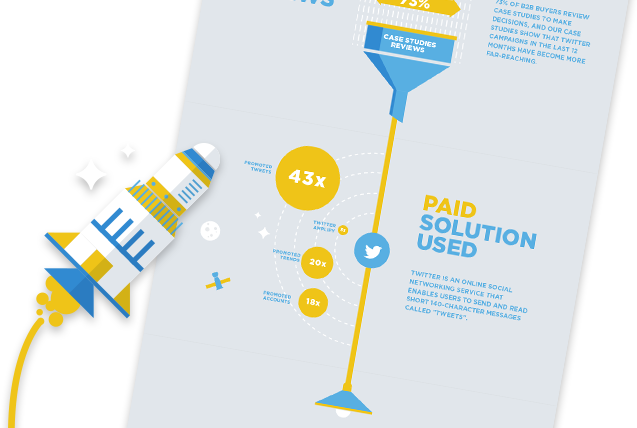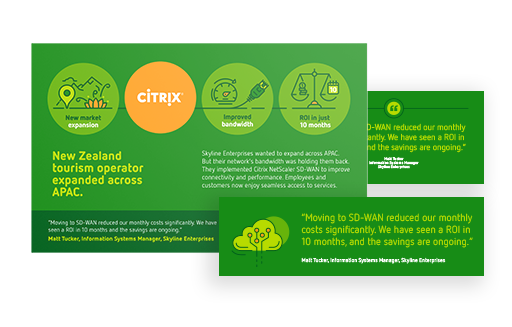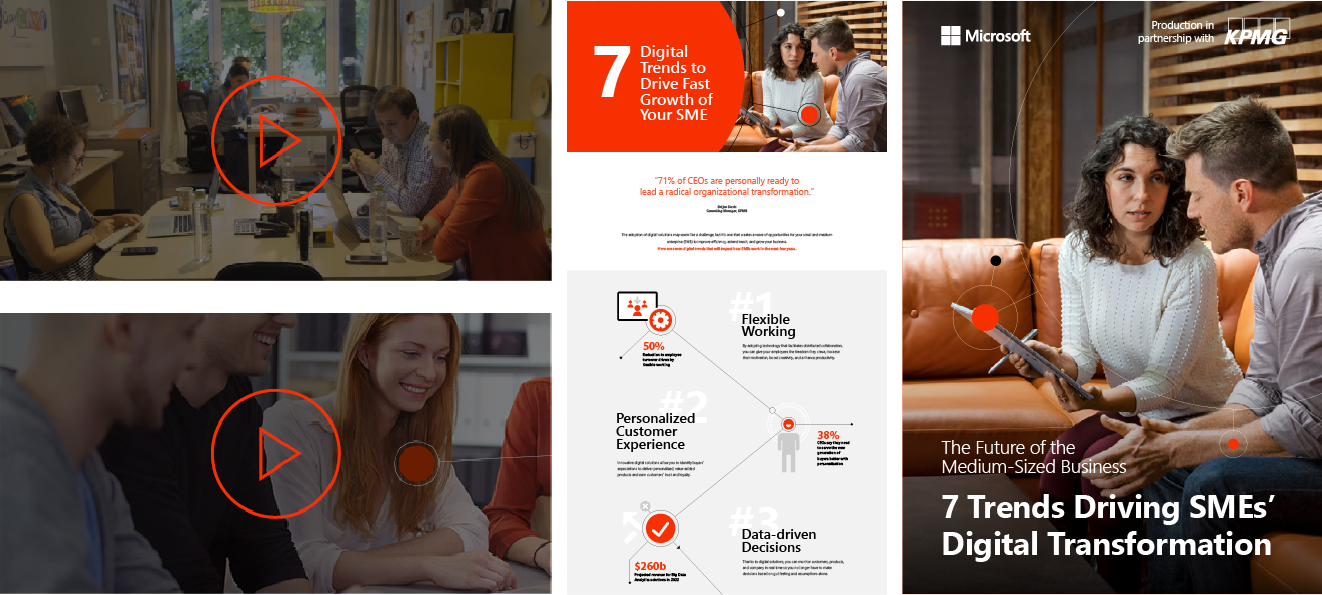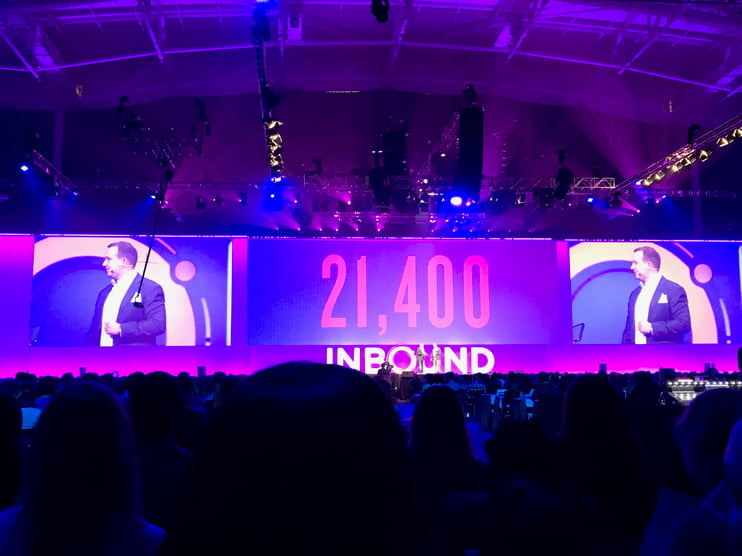
When I begin to hear the same words and themes from different people around the same time, I know it’s time to pay attention. It means that something big is coming: a buzzword, a trend, or perhaps a habit to cultivate into my life or work. And as marketers, we all know how important it is to be on top of your game with the trends! At INBOUND17, I turned my perception up to 100% and tried to take in all the information and inspiration that was in the air. Truth be told, I returned with pages full of notes to reflect and think about - a task in itself! As I looked for a way to extract the most value out of those notes, I realized that some words were sticking out and I had written them all over the pages. I picked up some highlighters and voila, I had 3 key themes standing in front of me!
Data is power, true. But access to data is no longer a differentiating factor. The ability to interpret and act upon data, or the way we respond to the results is where creativity comes in. One of the most focused concepts of INBOUND17 was creativity; how to cultivate it in company culture and how to trigger it in our own personal endeavors. I tried to collect and combine the tips and methods that Piera Gelardi and Ed Catmull shared during their speeches, with reference to their famous creativity principles of ‘Peach Pit’ and ‘Braintrust’, respectively. Here are the 4 creativity tips I will be making sure to apply to myself and share with my team:
NO LIMITATIONS
Make sure to create a safe environment for everyone’s thoughts to come out. Ideas are fragile and you don’t want to scare them away. So don’t judge, don’t put hierarchies to ideas, and ensure the freedom to express them as they come. Be the most you, and enable peers to be themselves. The more essence that you bring to the table, the more that can come out.
CANDOR
Value candor and create an environment that fosters it. By doing so, you will enable all teams to give and receive direct and constructive feedback to each other; raising the game of all potential outcomes in the process.
CONDITIONS FOR CREATIVITY
We all have some personal tricks to spark our creativity, right? Like a freshly brewed cup of coffee, our favorite playlist, exercising, or a few pieces of dark chocolate even! Know what works for you and your team and create those conditions to facilitate a vibe that gets ideas flowing. Improvise, be playful and don’t forget, laughter unlocks brilliance!
CONFLICT
Who says conflict has to be negative or uncomfortable!? Don’t be afraid of encountering conflict and embracing the uncomfortable because who knows; maybe it’ll spark some great ideas. Try to combat frustration with imagination and reframe the problem to unlock the solution.
I think it’s safe to say that competition has never been this crazy and it’s not showing signs of getting easier any time soon. In a world where there is an abundance of distractions, interruptions, and options, time is the most valuable asset that anyone has and so we want to fill it with the best experiences. This means that businesses are no longer only competing for revenue, but more importantly, for the time people can allocate to them.
Donny Makower suggests that the USP of brands is usually lost from the consumer standpoint, meaning that businesses have to have a much wider overview of the competition, ecosystem, and experience in order to ‘hack’ the mind of their customer. As a brand, you may be thinking that your competition consists only of any brand that provides the same type of product or service. You’re mistaken! Any alternative to your service, any larger experience provider, or company who has set the bar for a top-notch customer experience is your competitor. You are fighting to catch the attention and time of the customer. And this time, the ecosystem is much wider, much more advanced, and the customer is smarter than ever before.
Did you know that 63% of people remember a story, and only 5% remember a statistic? I would have guessed the rate would have been higher for a story, but I certainly wasn’t expecting this big of a difference! As businesses, we measure ourselves with numbers and data, but we don’t leave a mark in people’s minds through those numbers. People tend to remember how a story or a situation makes them feel and the emotions that it triggers. This may help to explain the irrational behavior that we demonstrate as consumers, like sharing a brand’s advertisement video on our social platforms, even though we have never used that product before.
People start to resonate with brands when the relationship exceeds the transactional level and moves towards an emotional one. Intimate stories that establish a commonality with the audience, are those that leave impact and create evangelists; people who voluntarily and actively speak about the brand. Jeff Rosenblum explored Patagonia and YETI as brands that are examples of how to not only be a remarkable storyteller but also how it can help to lay the foundation for the growth of communities far into the future.
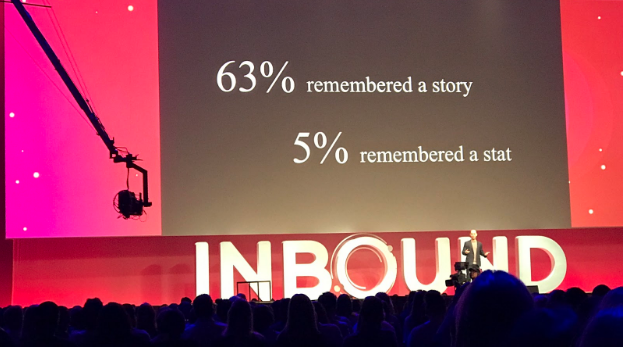
Conclusion
#INBOUND17 was more than just a conference, it was an experience that brought together like-minded people, united by the idea of how authentic and valuable content can not only improve your business, but it can also help to build connections with people and communities in a way never previously thought possible. By applying these ideas of creativity, experience, storytelling to our daily lives and marketing efforts, we can bring out the best in ourselves, our employees, and our efforts at communication with the world (and our audience) at large.
Did you have another amazing experience or take away from your #INBOUND17 strategy? We would love to hear about it, so make sure to leave it in the comments!
New to the inbound methodology and want to know more about how it is helping businesses around the world not only reach new audiences, but to reach the right audiences? Write to us for your complimentary consultation with myself or one of our inbound marketing consultants.

